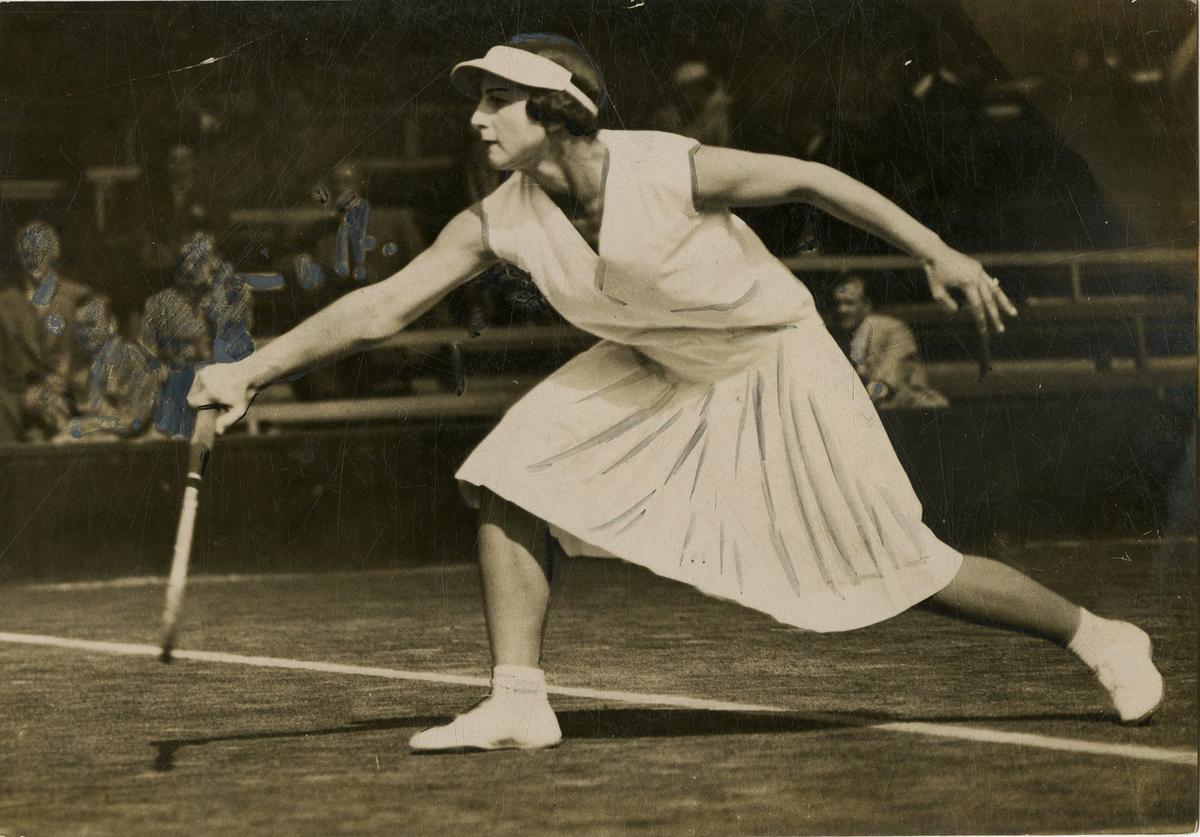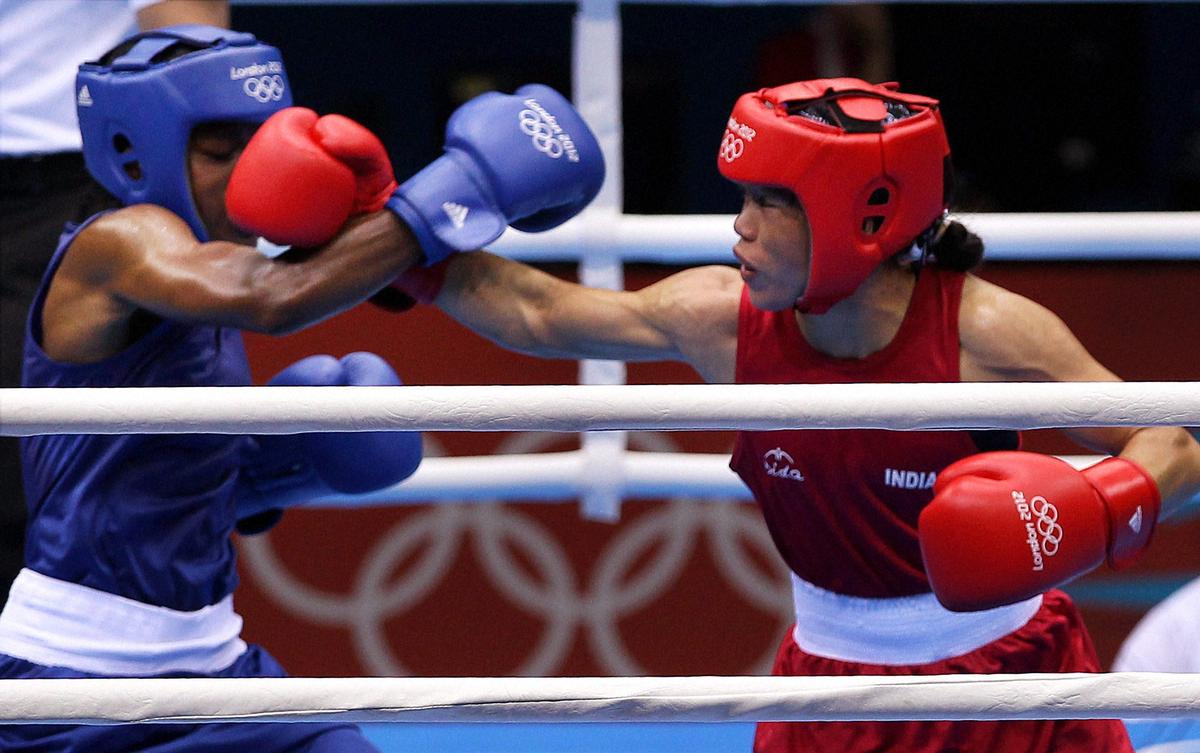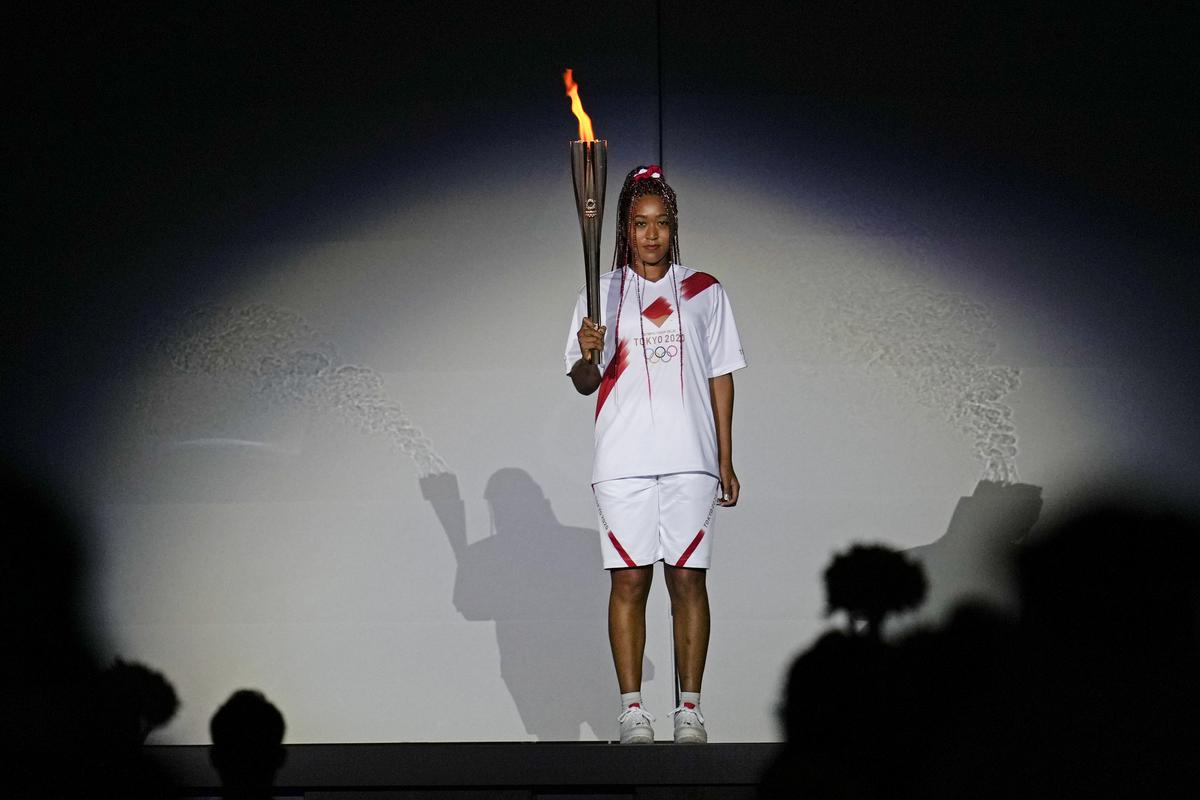Paris 2024 Olympics sets benchmark for gender equality with record numbers and women athletes as showstoppers
With Paris 2024 setting a new benchmark as the most gender-equal Olympic Games ever, in terms of number, it is time to look back at the long road the modern Olympics has taken in its 128-year-old journey to achieve much-needed equality.
When the Games was revived in 1896 at its spiritual home Athens, women’s participation was zero.
It was the first Paris Games in 1900 where only 22 women (only 2.2 per cent) out of 997 athletes were allowed reluctantly to take part for the first time.
Paris again took the lead with a significant number of women’s participation (the number crossing 100 for the first time with 125 women out of 3070 athletes) in 1924 and ultimately attained equality after a hundred years.
“Although Paris 1924 was the last edition of the Games at which women were not able to compete in athletics events, their participation in tennis, fencing and swimming, and – albeit less prominently – in other events (sailing and artistic gymnastics) was significant at a time when they were still being firmly rejected by the world of sport,” wrote Thierry Terret, former minister delegate for the Olympic and Paralympic Games Paris 2024, in Olympic Review.
The iconic image of legendary tennis player Helen Wills in all whites, wearing a loose white top, a long skirt and a visor cap, lunging forward to play a volley leaves a lasting impression.

Helen Wills, known as ‘Little Miss Poker Face’, was one of the trailblazers of women’s sports in Olympics. winning two gold medals at the 1924 Games.
| Photo Credit:
The Hindu Archives
Helen Wills, known as ‘Little Miss Poker Face’, was one of the trailblazers of women’s sports in Olympics. winning two gold medals at the 1924 Games.
| Photo Credit:
The Hindu Archives
Athletes like Helen, who not only claimed two gold medals but also won multiple Grand Slam titles later, did a world of good to promote women’s participation in sports in general and, in the Olympics in particular.
It has taken more than a century for different sports disciplines, mostly dominated by males, to slowly change their outlook and shed their conservatism to let female athletes compete.
While athletics, one of the most anticipated disciplines at the Games, permitted women to take part in 1928, it took many decades to begin the women’s marathon in 1984.
ALSO READ: Paris Olympics 2024: India off to stirring start as archers finish in top-four of team events
Three other popular sports, swimming, fencing and gymnastics, started witnessing women athletes from 1912, 1924 and 1928 respectively.
Female athletes began competing in shooting in 1968 before proper women’s events were added in 1984.
Modern pentathlon and weightlifting welcomed the women in 2000, while female wrestling made its debut in the quadrennial event four years later.
Boxing, another combat sport, took quite a long – as late as the 2012 London Games – to accept women.

India’s MC Mary Kom in action against Nicola Adams of Great Britain in the semifinal of women’s Flyweight boxing at Olympic Games in London. It was the first edition of the Games to have women’s boxing.
| Photo Credit:
PTI
India’s MC Mary Kom in action against Nicola Adams of Great Britain in the semifinal of women’s Flyweight boxing at Olympic Games in London. It was the first edition of the Games to have women’s boxing.
| Photo Credit:
PTI
The participation of women slowly increased in the post-World War II era and finally crossed 30 per cent (34 per cent to be precise) in the 1996 Atlanta Games.
With the International Olympic Committee (IOC) working with International Federations and National Olympic Committees to push for increased participation of women, the percentage witnessed a steady rise in the last 25 years to reach 48 per cent in Tokyo and even closer to 50 per cent in Paris (out of the projected total figure of 10500 athletes).
ALSO READ: From police protests to the scenic Seine: Paris gears up for a sporting feast ahead of 2024 Olympics
Initiatives such as an increase in the number of medal events for women and the introduction of mixed-gender events have contributed to making greater participation of women more meaningful.

Japan’s Naomi Osaka holds the Olympic torch during the opening ceremony in the Olympic Stadium at the 2020 Summer Olympics, in Tokyo, Japan. The 2024 Paris Olympic Games are targeting gender parity in the same city where women made their Olympic debut in 1900.
| Photo Credit:
AP
Japan’s Naomi Osaka holds the Olympic torch during the opening ceremony in the Olympic Stadium at the 2020 Summer Olympics, in Tokyo, Japan. The 2024 Paris Olympic Games are targeting gender parity in the same city where women made their Olympic debut in 1900.
| Photo Credit:
AP
Paris 2024 has not only achieved equality quantitatively, it has also tried to live up to its spirit by introducing the mixed team race walking and scheduling the women’s marathon as the last event of the Games instead of the traditional marquee men’s marathon.
Today, one can easily imagine how one-dimensional and poorer the Games would have been without the women athletes, who wowed the world with several record-breaking performances and made the Olympics a truer representation of our society.


